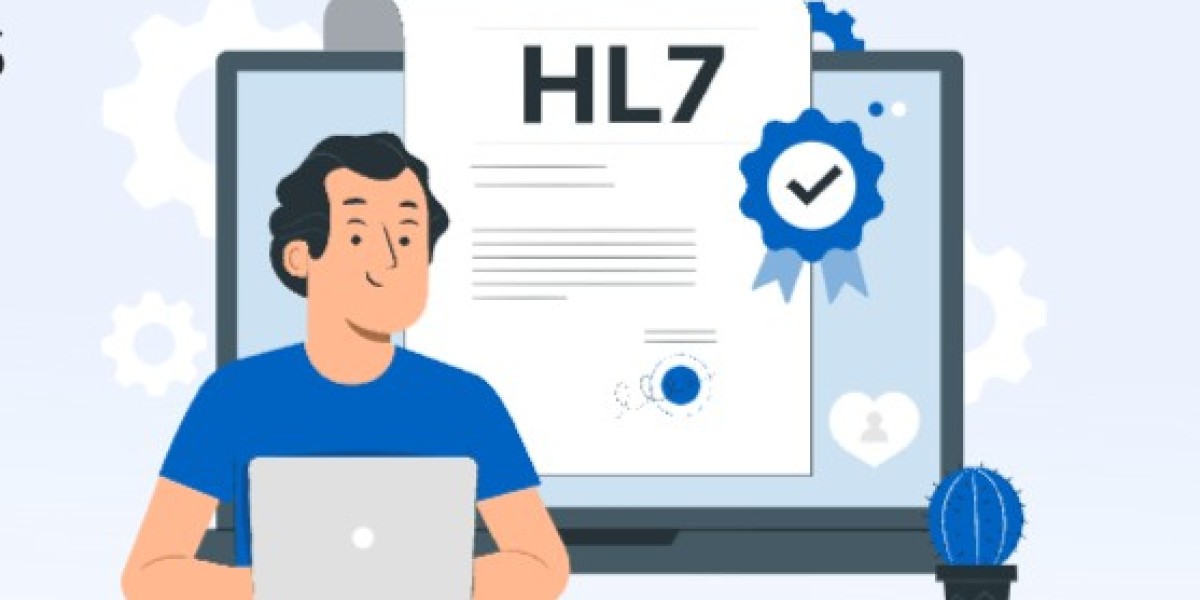In the dynamic world of healthcare, the seamless exchange of data is not just a convenience; it's a necessity. Health Level Seven (HL7) interface software has emerged as a transformative force, bridging the gap between diverse healthcare systems and enabling the exchange of critical patient information. In this article, we delve into the significance, advancements, and impact of HL7 interface software in modern healthcare.
The Need for Seamless Data Exchange in Healthcare
Imagine a scenario where a patient moves from a primary care physician's office to a specialist's clinic, and then to a hospital for surgery. In this journey, their medical history, diagnostic reports, and treatment plans need to travel with them seamlessly. This is where HL7 interface software steps in to ensure that data flows efficiently between different healthcare systems.
Understanding HL7 Interface Software
HL7 is a set of international standards for the exchange, integration, sharing, and retrieval of electronic health information. HL7 interface software is the technological glue that makes it possible for healthcare systems to communicate with each other effectively. It serves as a translator, converting data from one system's format into a standardized format that can be understood by other systems.
Key Advancements in HL7 Interface Software
FHIR (Fast Healthcare Interoperability Resources): FHIR is a game-changer in HL7 interface software. It's a modern, web-based standard designed for easier implementation and improved interoperability. FHIR leverages RESTful APIs (Application Programming Interfaces) to enable efficient data exchange.
Real-time Data Exchange: HL7 interface software has evolved to support real-time data exchange, ensuring that healthcare providers have access to the most current patient information during critical moments of care.
Enhanced Data Mapping: Advanced data mapping capabilities ensure that data elements from different systems are accurately translated, improving data accuracy and reducing the risk of errors.
Robust Data Security: Security features have become integral to HL7 interface software, ensuring that patient data remains protected through robust encryption and access control mechanisms.
Impact and Benefits of HL7 Interface Software
Enhanced Patient Care: HL7 interface software empowers healthcare providers with access to comprehensive, up-to-date patient information, leading to improved patient care and safety.
Streamlined Workflows: By automating data exchange, it reduces administrative burdens, allowing healthcare professionals to focus on patient care.
Cost Savings: Eliminating manual data entry and reducing errors translate into cost savings for healthcare organizations.
Data Accuracy: HL7 interface software enhances data accuracy, reducing the risk of medical errors due to incorrect or incomplete information.
Challenges and Considerations
Despite its many benefits, implementing HL7 interface software comes with challenges. These include interoperability with various standards, data security and privacy concerns, compliance with regulations like HIPAA, and resource allocation for implementation and maintenance.
In Conclusion
HL7 interface software is a linchpin in the modern healthcare landscape, enabling the efficient and secure exchange of data among disparate systems. As healthcare continues to evolve, its role remains pivotal in delivering high-quality, patient-centric care. Embracing these advancements ensures that healthcare providers can harness the full potential of their data for the benefit of patients and the healthcare industry as a whole. HL7 interface software isn't just a tool; it's a catalyst for healthcare connectivity and transformation.



